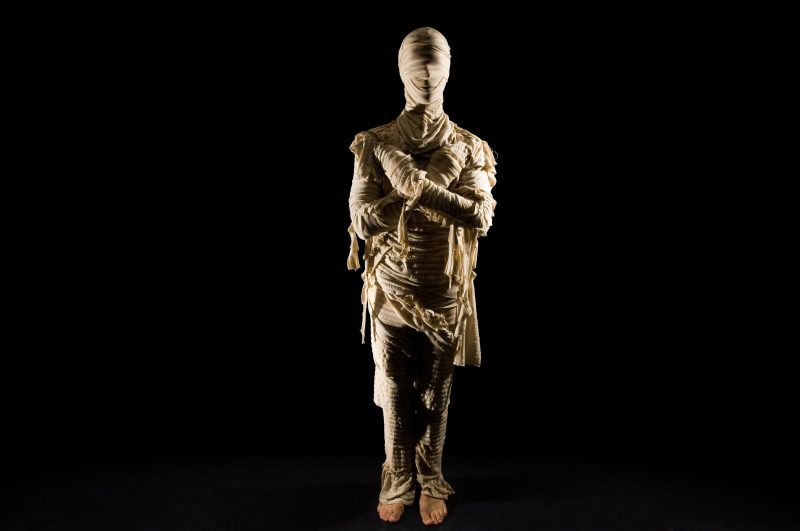When Egyptian archaeologists announced in July that a large black sarcophagus had been discovered in an Alexandria underground tomb, unopened for 2,000 years and sealed with mortar, interest surged — but trepidation stirred too.
The Internet responses ranged from a mildly positive “I hope everything goes well” to a hysterical “But opening the lid will unleash a curse of death — look what happened when they unearthed King Tut!” A subgroup formed online of those who were convinced that finally the lost grave of Alexander the Great had been found.
On July 19, 2018, the lid was opened. No Alexander the Great. No royal mummies. No Indiana Jones or Mummy-worthy curse. Instead, the sarcophagus contained three skeletons in a bath of red-brown sewage water.
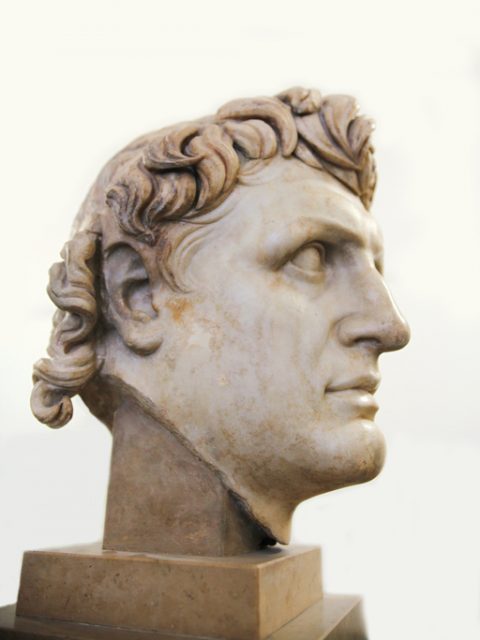
Secretary-General of the Supreme Council of Antiquities, Mostafa Waziri, told the media that none of the three mummies belong to a Ptolemaic or Roman royal family and the coffin does not have inscriptions or a cartouche bearing their names. “He further pointed out that no evidence such as silver or gold metallic masks, small statues, amulets, or inscriptions were found to prove that the mummies belong to a royal family,” reported Egypt Today.
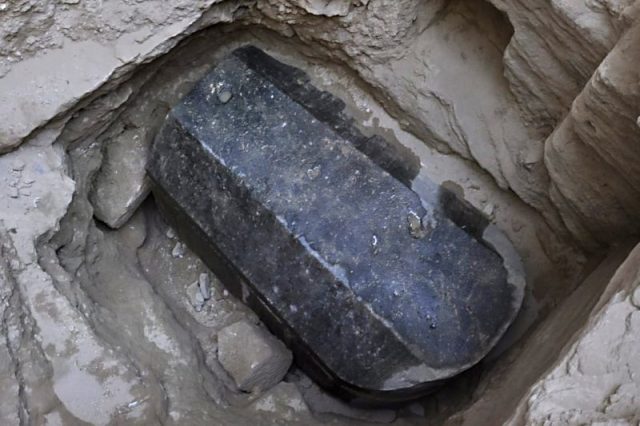
The procedure was distinctly unpleasant. After removing the lid, officials had to take a break to recover from the intensely foul smell that escaped from the sarcophagus.
Alexandria Governor Mohamed Sultan had the 30-ton sarcophagus moved to its new display area inside Mustafa Kamel Necropolis.
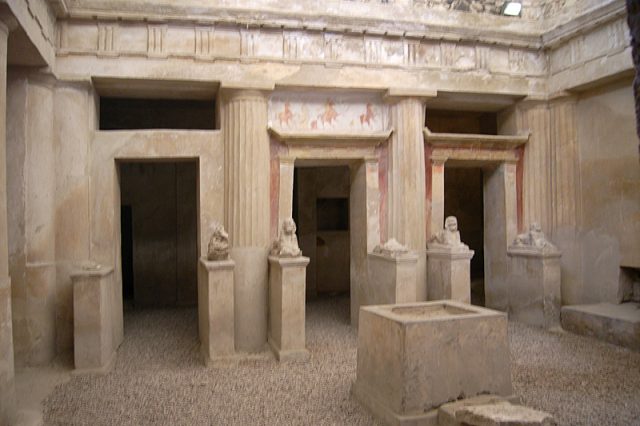
But then something truly unexpected happened.
A petition appeared on change.org with the plea “Let people drink the red liquid from the dark sarcophagus.” As of August 14, 2018, the total number of people who’d signed reached 32,400, with the page urging: “Let’s reach 35,000!” The petition was begun by Scottish games developer Innes McKendrick, described on Reddit as having a “wicked millennial sense of humor.”
*Graphic Image Following*
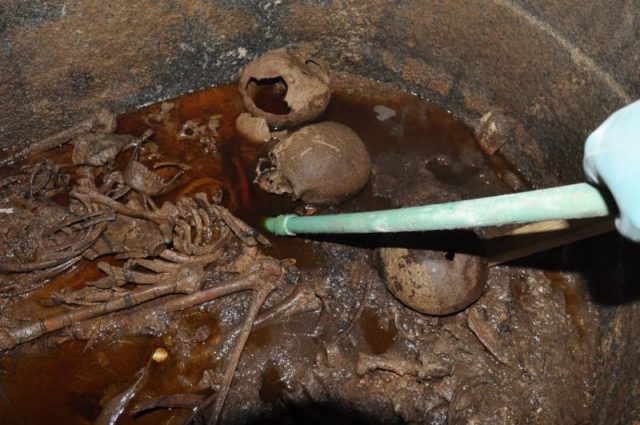
The petition’s reason for imbibing is “we need to drink the red liquid from the cursed dark sarcophagus in the form of some sort of carbonated energy drink so we can assume its powers and finally die.”
Among the comments from petitioners:
“We demand access to imbibe the cursed elixir.”
“I need this juice now!!!!”
“How much skeleton slushie do we each get?”
“Inside every person is a skeleton wanting to be free. This juice will give mine the power to do so.”
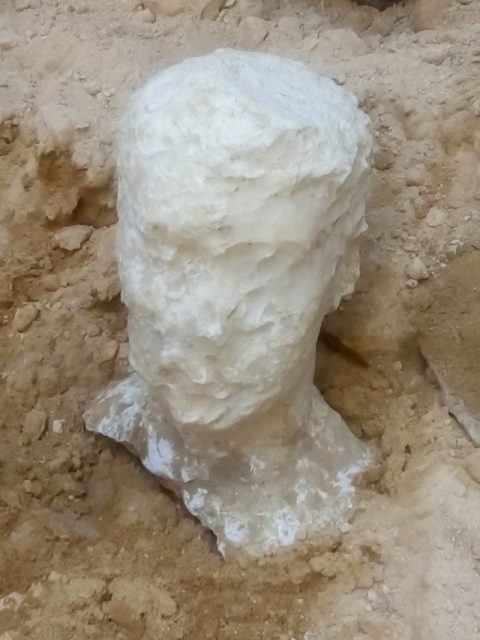
It’s safe to say that no one is taking this petition seriously. However, Egyptian authorities have acknowledged the hold that the sarcophagus discovery has over the public imagination.
According to the BBC, “Addressing media fears that disturbing the tomb could trigger an implacable Pharaoh’s curse, Mr Waziri declared: ‘We’ve opened it and, thank God, the world has not fallen into darkness. I was the first to put my whole head inside the sarcophagus… and here I stand before you … I am fine.’ ”
Disturbing occasions when ancient Egyptian curses seemed to come true
There are still genuine facts to learn about the tomb. Shaban Abd Monem, specialist in mummies at the Ministry, said that preliminary examination suggests that the skeletons belong to three army officers. One of the skeletons has a skull with an arrow injury.
The Sun isn’t ready to give up on the sarcophagus having a sinister nature.

The newspaper reported: “The relic measures nine feet long, five feet wide, and six feet tall. Scientists who helped excavate the site still aren’t sure why it’s so big, because Ancient Egyptians were typically much smaller than modern men – and nowhere near nine feet. The average height of an Ancient Egyptian man was just over five foot, while women were typically just shy of five foot.”
Read another story from us: Is Mummy coming for dinner? Wealthy Europeans consumed ground mummies
More grounded observers believe the tomb dates from the Ptolemaic period, from 305 BC to 30 BC.
In the latter years, it was a period of great tumult in Egypt. In the year 30 BC, Cleopatra died at the age of 39 in Alexandria, after losing to Rome in the Battle of Actium in 31 BC. The belief is that she allowed herself to be bitten by an asp, and died of poison.
Nancy Bilyeau, a former staff editor at Entertainment Weekly, Rolling Stone, and InStyle, has written a trilogy of historical thrillers for Touchstone Books. For more information, go to www.nancybilyeau.com.
